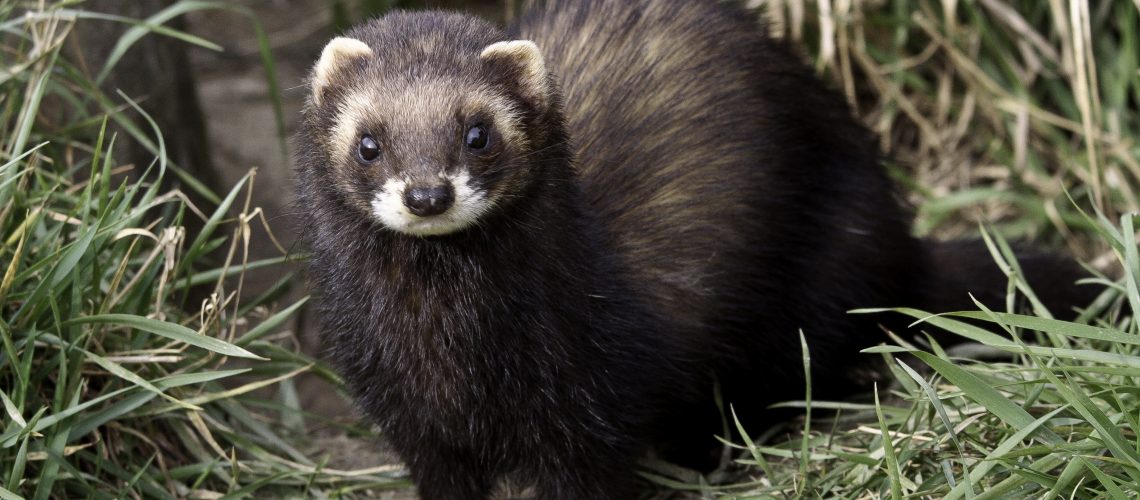
National Survey Launched
The Vincent Wildlife Trust is asking the public, from Cornwall to Caithness, to help plot the path of the polecat.
Polecats, once absent from much of the British countryside, appear to be doing well – but just how well? The Vincent Wildlife Trust (VWT) has launched a national survey to find out how far polecats have spread across Britain.
‘We are asking members of the public to help us plot the polecat’s distribution by sending in records of polecat sightings, dead or alive, collected during 2014 and 2015,’ said Lizzie Croose the VWT’s project co-ordinator. ‘Where possible, we would like records to be backed up with a photograph.’
The VWT is keen to receive records from all over Britain, but especially from eastern and northern counties to help gauge the extent to which polecats have spread into these areas since the Trust’s last national survey ten years ago.
The polecat was once common across Britain but historical persecution pushed the polecat to the very brink of extinction, confining it to mid Wales and the Welsh borders by the end of the 19th century. Today, the population is on the path to recovery, spreading across central and southern England with outlier populations in northern England and Scotland.The polecat is one of our least-known mammals. It is a member of the weasel family and the wild ancestor of the ferret. Polecats are generally dark in colour with paler underfur; the most striking feature is the bandit-like mask of dark and light fur on its face. They like to inhabit farmland and enjoy a diet of rabbits and rats, but they are nocturnal and so rarely seen.
Some people may be lucky enough to glimpse a polecat running across the road, or even see one in their garden where they like to den under decking or sheds, but the most common evidence of the presence of polecats is the bodies of animals killed on roads.
As well as sightings records, the Trust is also keen to receive the carcasses of road casualty polecats for use in research. For more information on the survey please visit our National Polecat Survey page.
If you see a polecat or feral ferret, please log your sighting by emailing enquiries@vwt.org.uk or phoning 01531 636441.